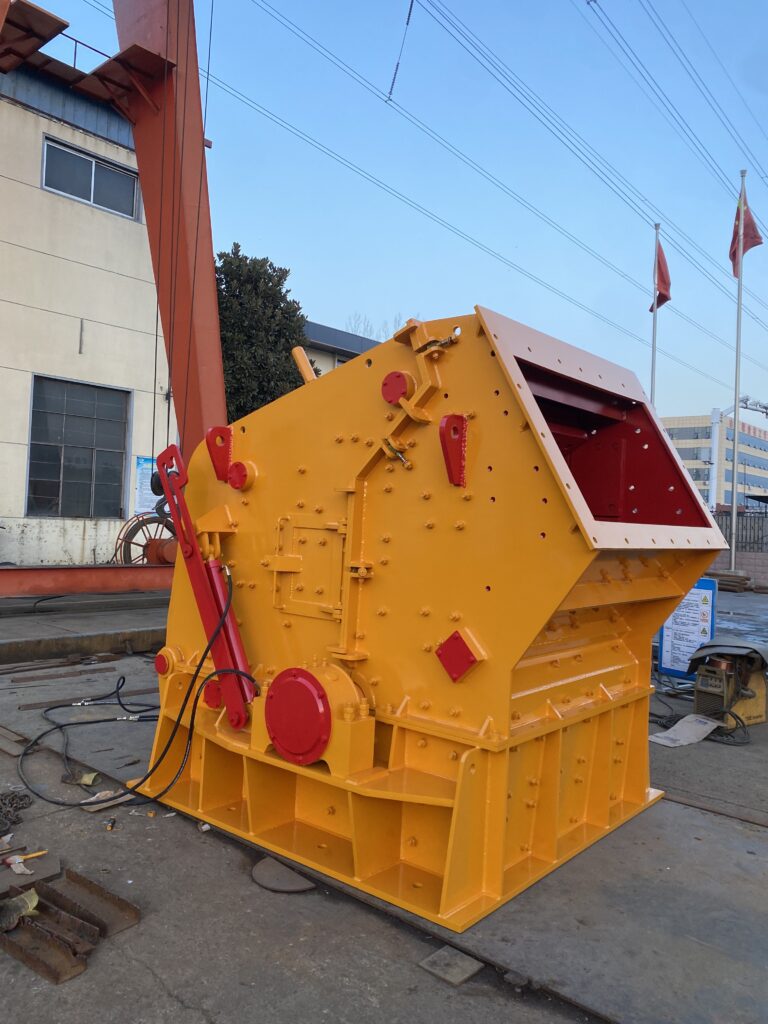Impact Crusher Guide
Introduction
This Impact Crusher Guide provides a complete overview of impact crushers, also known as impact breakers, widely used in metallurgy, chemical engineering, building materials, hydropower, and road construction. Modern impact crushers are valued for their adjustable discharge sizes, high efficiency, and reliability, making them indispensable in aggregate production, highway, and railway projects.
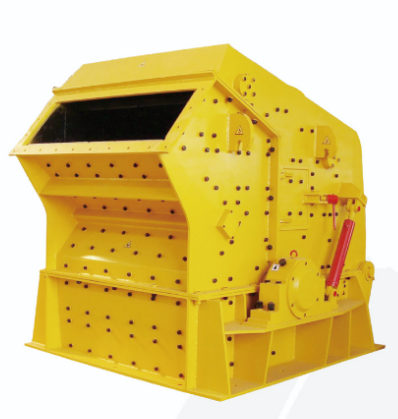
Development History of Impact Crushers
- 1850s: Early development of impact crushers followed the invention of the jaw crusher to meet higher crushing efficiency.
- 1924: German engineers developed single and double rotor impact crushers, similar to cage mills.
- 1942: Andreson invented the AP series, resembling modern impact crushers.
- 1980s: China introduced KHD-type hard rock impact crushers and later developed wear-resistant hammers for global export.
This history is essential for understanding the evolution of the impact crusher guide.
Main Applications of Impact Crushers
The Impact Crusher Guide shows that these machines handle materials sized 100–500mm, with maximum compressive strength up to 350 MPa, producing cubic-shaped aggregates. Applications include:
- Building materials production
- Mining and ore processing
- Railway and highway construction
- Cement and chemical industries
- Energy and hydropower projects
In sand and gravel production, impact crushers often work as secondary or tertiary crushers with jaw crushers.
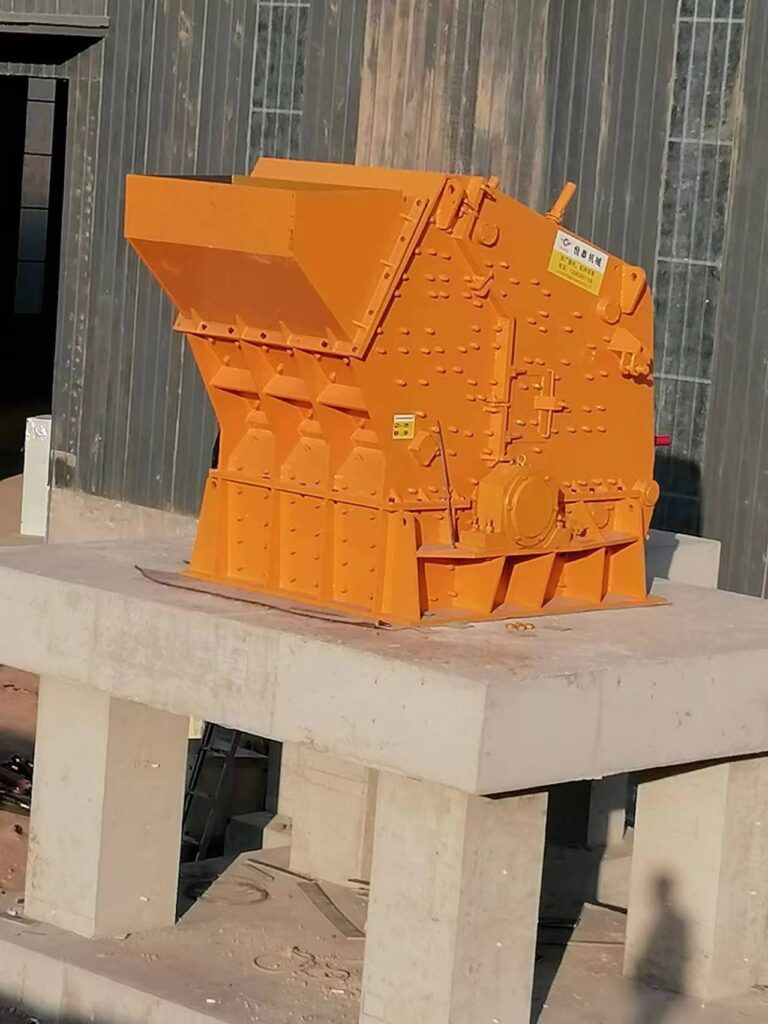
Key Advantages of Impact Crushers
- Better handling of wet materials – prevents clogging.
- Wide material adaptability – suitable for hard and medium-hard rocks.
- Adjustable discharge size – via rotor speed or hydraulic gap adjustment.
- High metal utilization – hammer utilization rate up to 45%–48%.
- Easy maintenance – fewer wear parts and faster replacement.
Working Principle
Impact crushers use impact energy to crush materials:
- The rotor rotates at high speed under motor drive.
- Materials enter the hammer impact zone and are struck at high velocity.
- The materials are thrown against impact plates, then rebounded for repeated crushing.
- The process continues until the material reaches the desired size and is discharged from the outlet.
Structure & Components
- Blow Bar (Hammer) – made of high-chromium or manganese steel.
- Impact Plate – linear or curved, designed for optimal crushing.
- Rotor – heavy-duty cast steel, ensures stability and high energy impact.
- Square Steel & Clamping Block – increase crushing efficiency and safety.
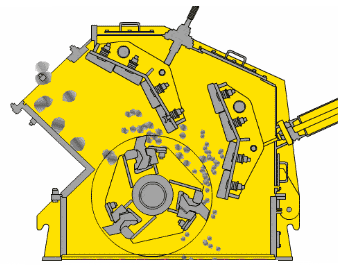
Maintenance & Lubrication
- Regularly check bearing temperature (should not exceed 70°C).
- Reverse or replace worn blow bars on time.
- Tighten bolts and maintain rotor balance.
- Use appropriate lubricants; calcium-sodium base grease is commonly used.
Common Faults & Solutions
- Abnormal vibration – caused by oversized feed or rotor imbalance → adjust feeding size or replace blow bars.
- Overheating bearings – due to lack of grease or damage → add/replace bearings.
- Oversized discharge – worn blow bars or impact plates → adjust gap or replace parts.
- Belt slipping or reversing – worn or misaligned belts → replace and realign pulleys.
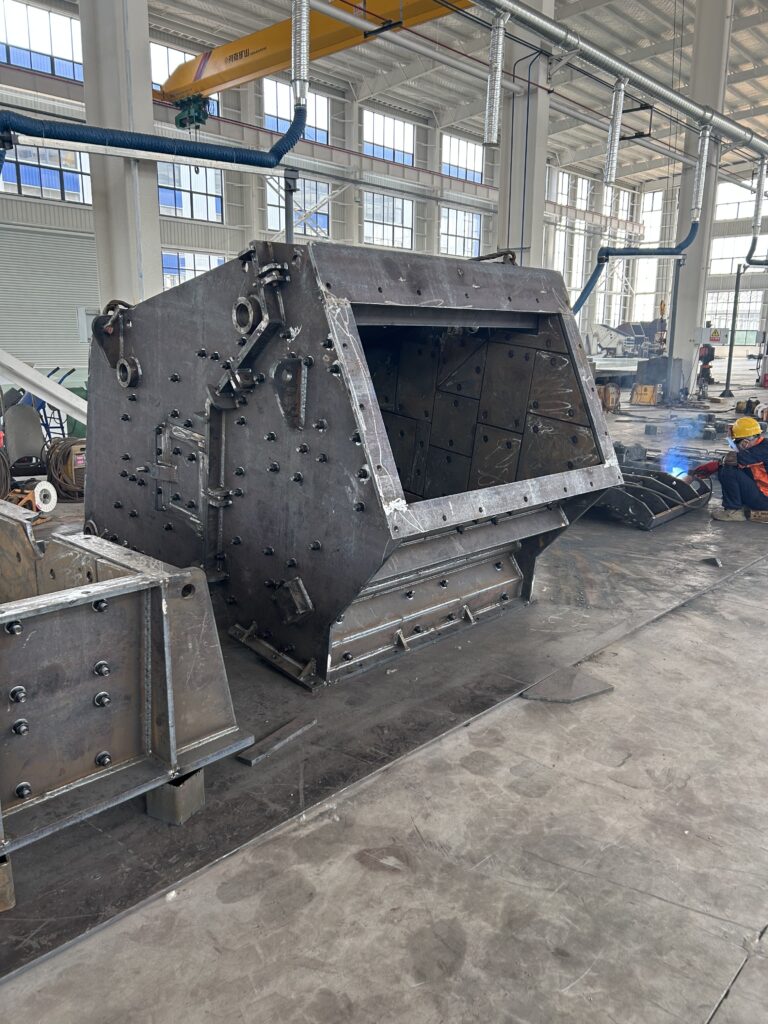
Conclusion
Impact crushers are essential equipment in the sand and aggregate industry, offering high crushing ratios, adaptability, and low maintenance costs. With the rapid growth of highway, railway, and construction projects, impact crushers will continue to play a vital role in global infrastructure development.

